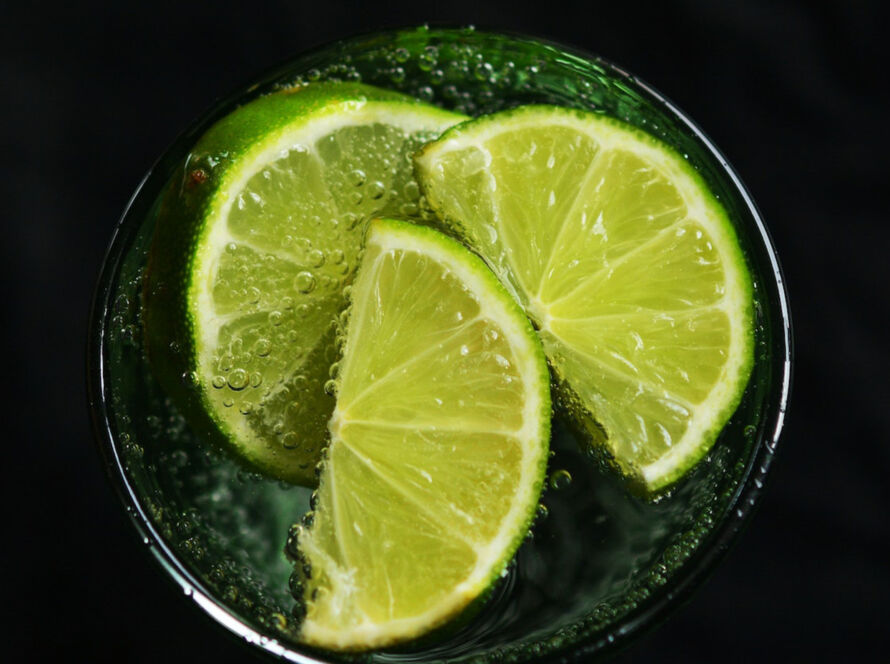Why Vitamins, Nutrition, & Glutathione Peroxidase in cucumbers is so beneficial
Aside from their anti-aging properties, cucumbers have a long list of health benefits. Cucumbers have not received as much press as other vegetables in terms of their overall nutrient richness, but this long-beloved food provides us with a unique combination of conventional nutrients and phytonutrients.
Cucumbers are rich in vitamin K, the mineral molybdenum, B vitamin, pantothenic acid, vitamin C, vitamin B1, biotin, copper, magnesium, manganese, phosphorus, and potassium.
Let’s talk phytonutrients! Researchers have now identified 73 different phenolic compounds in cucumbers that are likely to provide us with antioxidant and anti-inflammatory benefits.
The bulk of the research on cucumber phytonutrients focuses on three specific categories: flavonoids, lignans, and terpenoids. Below is a summary list of key phytonutrients in these three categories.
Flavonoids
- apigenin
- diosmetin
- fisetin
- luleolin
- quercetin
- kaempferol
- luteolin
- naringenin
- theaflavanoside I
- vicenin
Lignans
- pinoresinol
- lariciresinol
- secoisolariciresinol
Triterpenes
- cucurbitacin A
- cucurbitacin B
- cucurbitacin C
- cucurbitacin D
Antioxidant & Anti-Inflammatory Benefits of Cucumbers
Among all of the phytonutrients listed above, the vast majority have been shown to have antioxidant and/or anti-inflammatory properties either directly or through their influence on enzymes or metabolic pathways. For example, cucumber extracts inhibit the activity of cyclo-oxygenase 2 (COX-2), a well-studied pro-inflammatory enzyme. The activity of antioxidant enzymes – including superoxide dismutase (SOD), catalase (CAT), and glutathione peroxidase (GSH) – has also been show to increase in the bloodstream of participants who consumed cucumber power. Cucumbers also contain fisetin – a flavonoid that has been of special interest to researchers not only because of its antioxidant and anti-inflammatory properties but also because of its potential for risk reduction in the case of certain cancer types. While cucumbers contain fisetin in a lower concentration than onions, strawberries, apples, or grapes, they are still an important source of this flavonoid.
The antioxidant benefits of cucumbers have also been studied in the context of type 2 diabetes. The metabolism of individuals diagnosed with type 2 diabetes can sometimes become subject to changes that involve excessive formation of reactive molecules in certain cells. Reactive oxygen species (ROS) and reactive carbonyl species (RCS) are two such molecules that can be formed in excessive amounts. Several recent studies have shown the ability of cucumbers to help reduce production of ROS and RCS.
While still in its early stages (and mostly based on animal studies), research on cucumbers has been focusing more and more on alleviation of problems related to blood sugar regulation. When our blood sugar levels remain too high over a long period of time, we see increases in ROS and RCS that can damage cell structures and body components. Increased intake of cucumber holds promise as a step for significantly lessening this overproduction of ROS and RCS. Researchers believe that a wide variety of phenolic compounds in cucumbers are likely to be involved in this potential health benefit, including its many flavonoids and terpenoids.
The cardiovascular benefits of cucumbers seem to involve two basic processes. First is protection of the blood vessel walls and blood constituents from oxygen-related damage. The 73 different phenolic phytonutrients identified in cucumbers – and especially its impressive array of flavonoids – appear to be central in providing this antioxidant protection. Second is the favorable impact of cucumber intake on blood fat levels, especially in individuals who have elevated blood fats. In one recent study, a small group of participants with mildly elevated blood fats consumed dried cucumber seed extracts on a daily basis over a period of six weeks and experienced a number of favorable changes in their blood fat levels. These changes included decreased total cholesterol, decreased LDL cholesterol, decreased triglycerides, and increased HDL cholesterol. We’re reminded by this study not only to enjoy cucumbers for the health benefits, but to make sure and include their seeds.
Check Out This Recipe for a Quick Cold Cucumber Salad
Try this easy-to-prepare nutritious salad!
Prep and Cook Time: 5 Minutes
Ingredients:
- 1/2 medium red onion, sliced thin
- 1 medium clove garlic, pressed or finely chopped
- 1 medium cucumber, halved, seeds removed, and sliced
- 1 medium tomato, cubed
- 1 medium red bell pepper, diced
- 1 TBS feta cheese
- 6 kalamata olives, cut into hales or quarters
- 2 TBS fresh lemon juice
- Sea salt and pepper to taste
- Fresh or dried till (optional)
Directions:
- Chop garlic and slice onions and let sit for 5 minutes to bring out their health-promoting properties.
- Combine all ingredients and serve.
References:
Phytochemical and therapeutic potential of cucumber
Author links open overlay panel Pulok K.Mukherjee; Neelesh K.NemaaNiladriMaityaBirendra K.Sarkar
Parker Robinson (P) Ltd., 1, Nimak Mahal Road, Kolkata-700043, India
Received 27 April 2012, Revised 1 October 2012, Accepted 17 October 2012, Available online 23 October 2012.
Plant Physiol. 1973 Oct; 52(4): 332–338.
PMCID: PMC366498. PMID: 16658558





